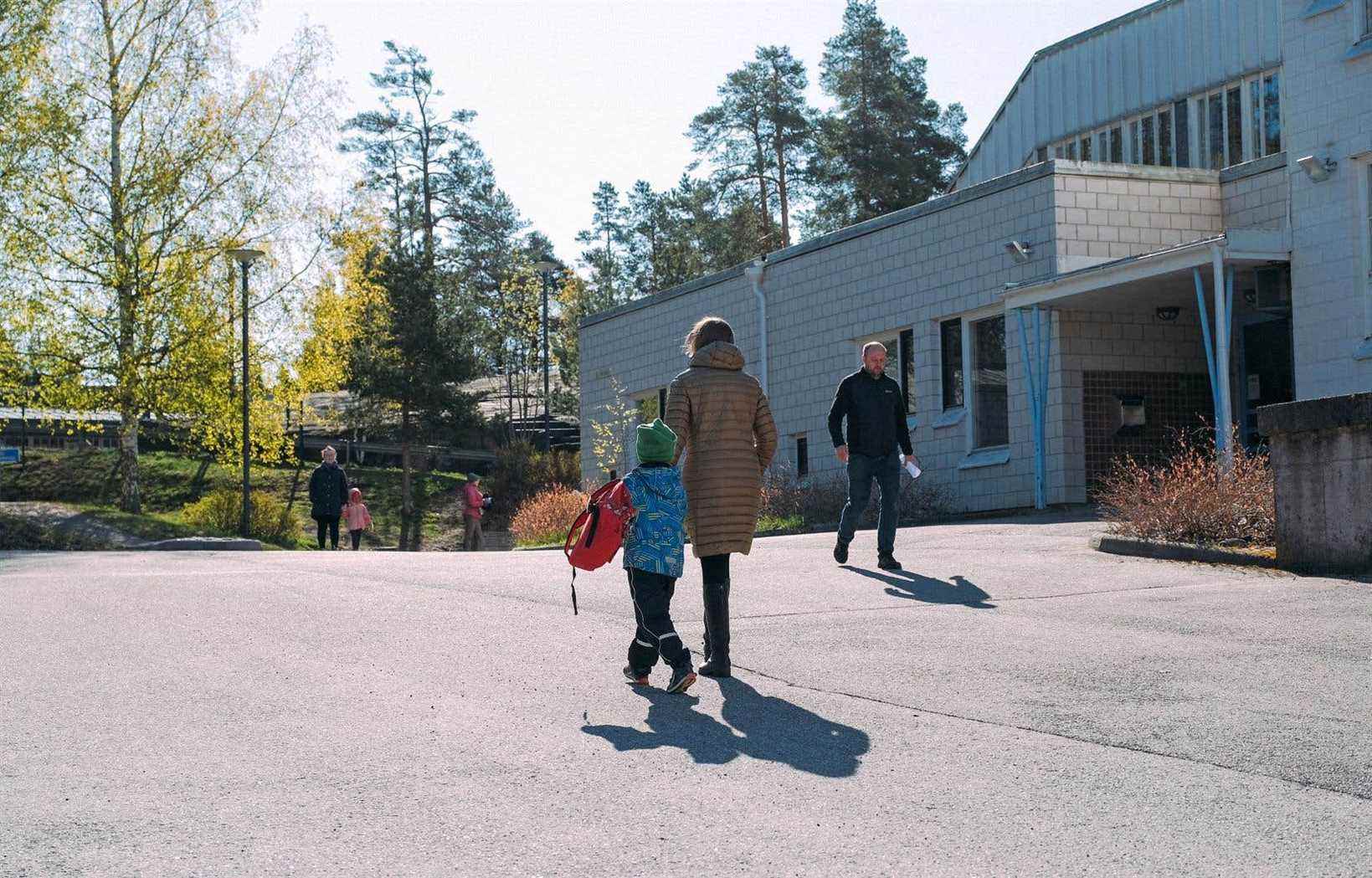Motivating projects for all students, regardless of their neighborhood or school level: the inclusive shift of the Center de services scolaire des Chênes, which wishes to offer everyone special programs sometimes reserved for the most successful students, is hailed as a effort worthy of the best practices in the world.
Far from leveling education downwards, this school diversity promotes the success of all students, summarizes Professor Claire Lapointe. She has contributed to two major reports on this issue over the past decade. Finland and the Scandinavian countries, which have some of the strongest education systems, have opted for similar models, where students from all backgrounds come together in the classroom.
“When I see a school service center that says ‘The rest of us will have interesting projects for all the students’, I think that’s what Quebec needs. We cannot afford to have an education system that prevents the success of a third of the students, and even half of the students in certain places in Montreal,” says the retired professor from the Faculty of Science of education at Laval University.
Claire Lapointe was part of the committee of experts mandated by Quebec in 2014 to study the financing and governance of school boards. In 2016, she also contributed to the famous report Refocus on fairnessof the Superior Council of Education.
These two groups had concluded that the Quebec education system was one of the most unequal in the country. Why ? Because of subsidized private schools and public schools that offer programs that select the strongest students. The so-called ordinary classes are found with ordinary pupils. Parents and teachers who can flee these reputedly “difficult” groups. The gap is widening between privileged and disadvantaged backgrounds.
The Finnish model
Professor Lapointe agrees with the L’École ensemble movement, which calls for a shift inspired by the Finnish model. In this northern European country, private schools have become independent public schools funded 100% by the state. All neighborhood schools must accept students from their territory, regardless of their academic results. There are no selection criteria based on report cards or parental income.
“The idea is not to pit family units against each other. It is to avoid “that the best wins”, that is to say the richest, the most educated, the most favored on the cultural level”, explains Claire Lapointe.
The more the classes are diversified – between boys and girls, between advantaged and disadvantaged students, between strong and weak students, or between ethnic origins, for example – the more the success rate of all young people increases, according to studies reported by the teacher.
For this reason, the committee of experts on school funding and governance had recommended in 2014 that “school groups be constituted in such a way as to represent the social diversity of the environment in which the school is located; that special projects continue to be encouraged in Quebec schools, but that they be accessible to all interested young people; and that selective projects be reserved for particularly talented pupils, particularly in the arts or music, or for the sporting elite”.
This is exactly the project put in walk at the Center de services scolaire des Chênes, in the Drummondville area, described Tuesday in The duty.
Vulnerable students
Independent economist Jean-Pierre Aubry, who closely follows the governance and financing of education, believes that such a shift requires massive investment to help the most vulnerable students. “Students in difficulty must be supported very early on. If students are behind all the others at the end of primary or the beginning of secondary, they are finished, ”he recalls.
The expert notes that the Legault government has invested heavily in education since the beginning of its mandate, but that the recent budget, presented last month, included very little new assistance for vulnerable students. In any case, the labor shortage deprives schools of leeway: Quebec may well promise sea and world, candidates are sorely lacking to fill teaching positions and other categories of staff, notes Jean- Pierre Aubrey.
For its part, the Federation of Private Education Establishments (FEEP) notes that classes in private schools are generally diversified in all respects. Many welcome students with learning difficulties. Disadvantaged students also have access to scholarships, underlines the FEEP.
